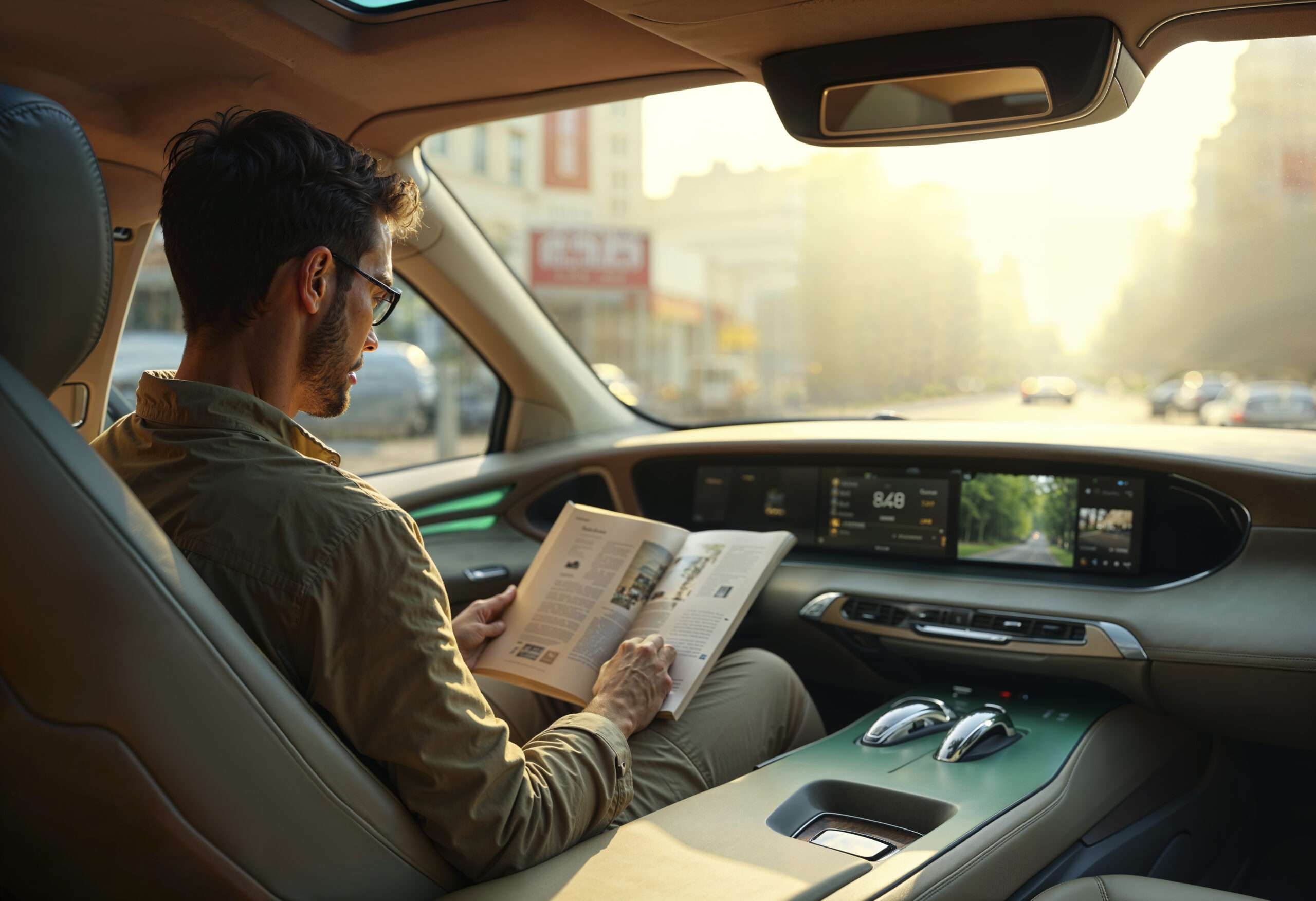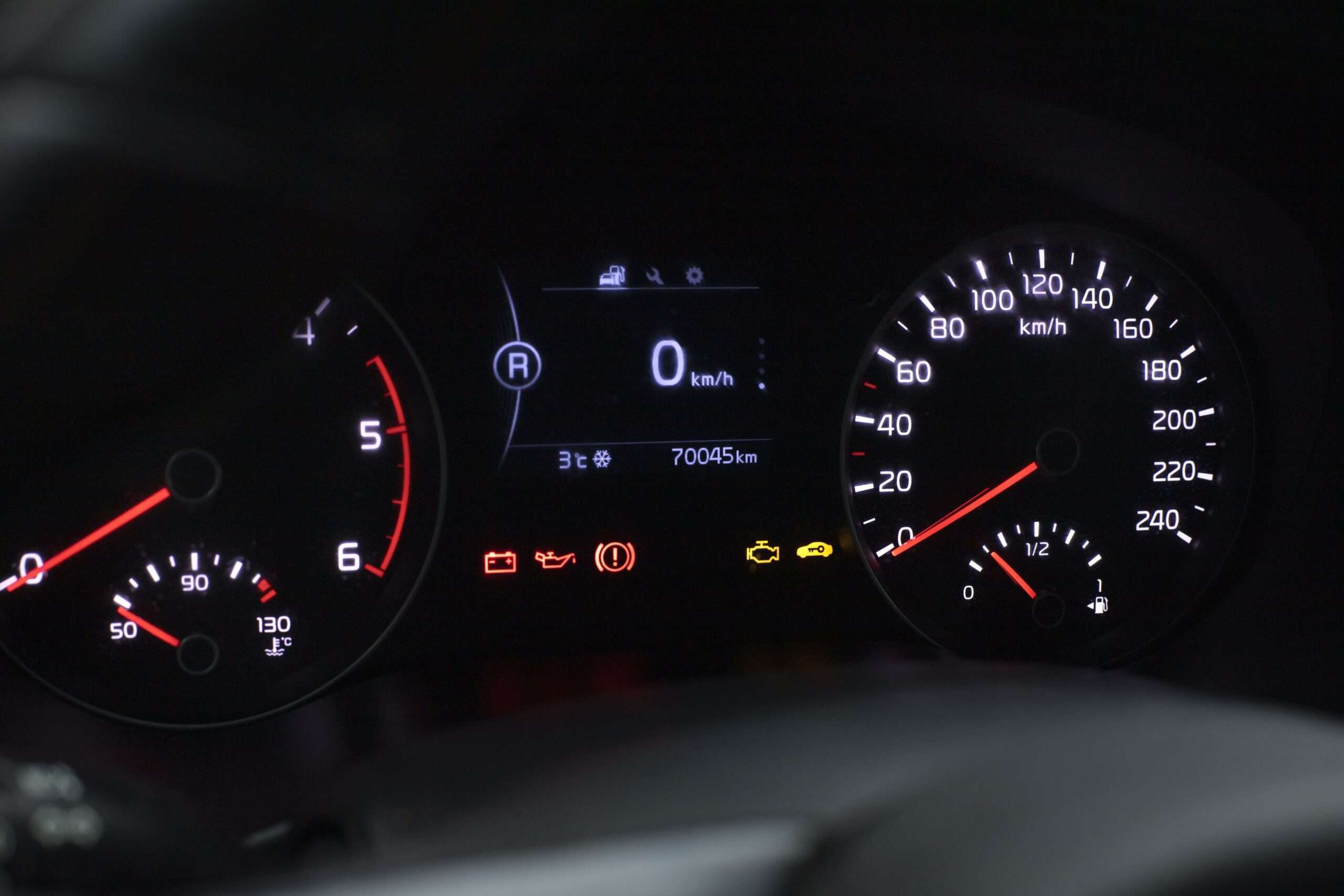Introduction
The logistics industry is undergoing a major transformation with the rise of autonomous delivery vehicles. Self-driving technology is revolutionizing how goods are transported, making deliveries faster, more cost-effective, and highly efficient. As companies strive to meet increasing consumer demands, autonomous vehicles are becoming a game-changer in supply chain operations. From major retailers to local delivery services, businesses are investing in self-driving tech to stay ahead of the competition. But how exactly is this technology reshaping the logistics landscape? Let’s dive into the evolution, benefits, and challenges of autonomous delivery vehicles.
The Evolution of Delivery Services
Delivery services have come a long way, from traditional postal systems to modern-day express shipping. Initially, goods were transported manually using carts and horses. With industrialization, trucks, trains, and airplanes became the primary modes of transportation. The digital revolution introduced e-commerce, further increasing the need for faster and more efficient delivery solutions.
Companies like Amazon, UPS, and FedEx started using data-driven logistics and automation to optimize their operations. However, human drivers remained an integral part of the system. With the advent of artificial intelligence (AI) and self-driving technology, the industry is now moving towards full automation. Autonomous delivery vehicles, including self-driving trucks, drones, and robots, are beginning to replace traditional delivery methods, paving the way for a more efficient and cost-effective system.
How Autonomous Delivery Vehicles Work
Autonomous delivery vehicles rely on advanced technologies to navigate and operate without human intervention. These vehicles use AI, machine learning, and sensor-based systems to analyze their surroundings and make real-time decisions.
- Lidar and Radar Sensors – These detect objects, obstacles, and road conditions, allowing the vehicle to navigate safely.
- Computer Vision – Cameras and AI-powered image recognition help the vehicle interpret traffic signals, pedestrians, and road signs.
- GPS and Mapping Systems – High-precision GPS and real-time mapping data help determine the best routes.
- Connectivity and Cloud Computing – Vehicles are connected to cloud systems that enable data exchange, remote monitoring, and real-time updates.
- Machine Learning Algorithms – AI continuously improves the vehicle’s decision-making capabilities based on past experiences and driving patterns.
These technologies work together to create a seamless delivery experience, reducing human dependency while enhancing efficiency and accuracy.
Benefits of Autonomous Delivery Vehicles
The implementation of autonomous delivery vehicles brings numerous advantages to the logistics industry.
- Cost Reduction – Companies save on labor costs by eliminating the need for human drivers. Fuel efficiency and optimized routing also contribute to lower expenses.
- Faster Deliveries – Self-driving technology enables round-the-clock operations, reducing delivery times significantly. Automated systems optimize routes, avoiding congestion and delays.
- Enhanced Safety – Human error is a leading cause of road accidents. Autonomous vehicles use precise navigation and AI decision-making, minimizing the risk of collisions.
- Reduced Carbon Footprint – Many self-driving delivery vehicles are electric, contributing to sustainable logistics and reducing emissions.
- Scalability and Efficiency – Businesses can scale operations more efficiently, handling higher volumes without workforce limitations.
- Improved Customer Experience – Faster, accurate, and on-time deliveries enhance customer satisfaction and loyalty.
These benefits are driving major investments in autonomous logistics, with companies looking to integrate self-driving tech into their supply chains.
Challenges and Limitations
Despite its potential, autonomous delivery technology faces several challenges that need to be addressed.
- Regulatory and Legal Hurdles – Self-driving vehicles operate under strict regulations, and different countries have varying policies. Governments need to create clear legal frameworks to accommodate this technology.
- High Initial Costs – Developing and deploying autonomous vehicles requires substantial investment. Companies must balance costs with long-term benefits.
- Technological Limitations – Although AI has advanced significantly, self-driving vehicles still struggle with extreme weather conditions, complex road scenarios, and unpredictable human behavior.
- Cybersecurity Risks – Autonomous vehicles are vulnerable to hacking and cyber threats, which can compromise operations and safety.
- Public Acceptance – Many people are skeptical about trusting self-driving technology, especially regarding safety concerns and job displacement.
Addressing these challenges requires collaboration between tech companies, regulators, and logistics firms to create a secure and efficient autonomous delivery ecosystem.
Key Players in Autonomous Delivery Technology
Several major companies are leading the development and deployment of self-driving delivery vehicles:
- Amazon – Investing in autonomous delivery robots (Amazon Scout) and self-driving delivery vans.
- Tesla – Pioneering self-driving technology with its Autopilot and Full Self-Driving (FSD) systems for logistics.
- Google’s Waymo – Developing autonomous ride-hailing and delivery services.
- UPS – Testing autonomous trucks and drone deliveries for last-mile logistics.
- Nuro – A startup specializing in small self-driving delivery robots for local deliveries.
These companies are pushing the boundaries of autonomous logistics, accelerating the adoption of self-driving tech.
The Role of Drones in Last-Mile Delivery
One of the most exciting advancements in autonomous logistics is drone delivery. Drones provide rapid, contactless delivery solutions, particularly useful in congested urban areas and remote locations.
- Speed and Accessibility – Drones can bypass traffic, significantly reducing delivery times.
- Eco-Friendly Operations – Electric-powered drones lower carbon emissions.
- Emergency Deliveries – Ideal for urgent deliveries such as medical supplies and food.
Companies like Amazon Prime Air and Wing (by Google) are actively testing and deploying drone delivery systems to revolutionize last-mile logistics.
The Future of Autonomous Logistics
The future of autonomous delivery vehicles is promising. As technology continues to evolve, self-driving logistics will become more reliable and widespread. Key trends to watch include:
- Advancements in AI and Machine Learning – Continuous improvements will enhance safety, efficiency, and adaptability.
- Integration with Smart Cities – Autonomous delivery networks will be seamlessly integrated into smart city infrastructures.
- 5G and IoT Connectivity – Faster and more stable internet connections will improve communication between vehicles and logistics hubs.
- Expansion of Regulations – Governments will develop standardized laws to support autonomous logistics.
These developments will lead to a fully autonomous supply chain, transforming how goods are transported worldwide.
Conclusion
Autonomous delivery vehicles are revolutionizing the logistics industry, bringing speed, efficiency, and cost-effectiveness to the supply chain. While challenges remain, advancements in AI, machine learning, and connectivity are paving the way for widespread adoption. As companies continue investing in self-driving technology, the future of logistics is set to become faster, safer, and more sustainable. Whether it’s self-driving trucks, robotic couriers, or drones, the era of autonomous logistics is here to stay, shaping the future of global transportation.
FAQs
1. Are autonomous delivery vehicles safe?
Yes, they are designed with advanced safety features such as Lidar sensors, AI-driven decision-making, and real-time monitoring to minimize risks.
2. Will self-driving vehicles replace human delivery jobs?
While automation may reduce certain jobs, it will also create new opportunities in tech development, fleet management, and AI supervision.
3. What companies are leading the autonomous logistics industry?
Amazon, Tesla, Waymo, UPS, and Nuro are some of the major players developing autonomous delivery technology.
4. Can drones replace traditional delivery vehicles?
Drones are best suited for last-mile and emergency deliveries but won’t completely replace traditional logistics vehicles.
5. When will autonomous delivery vehicles become mainstream?
Widespread adoption depends on regulatory approvals and technological advancements, but within the next decade, autonomous logistics will be a common reality.














